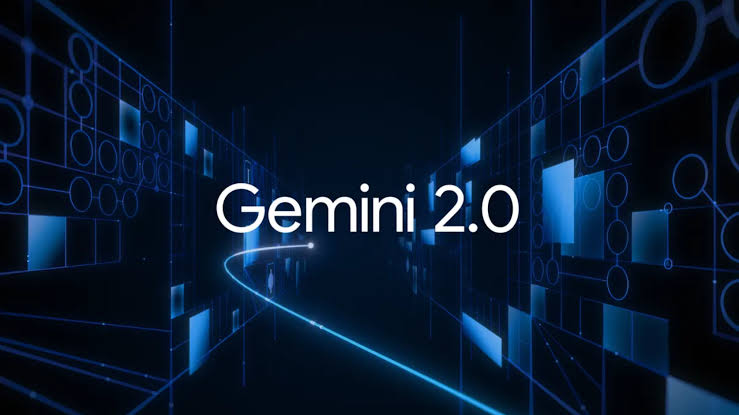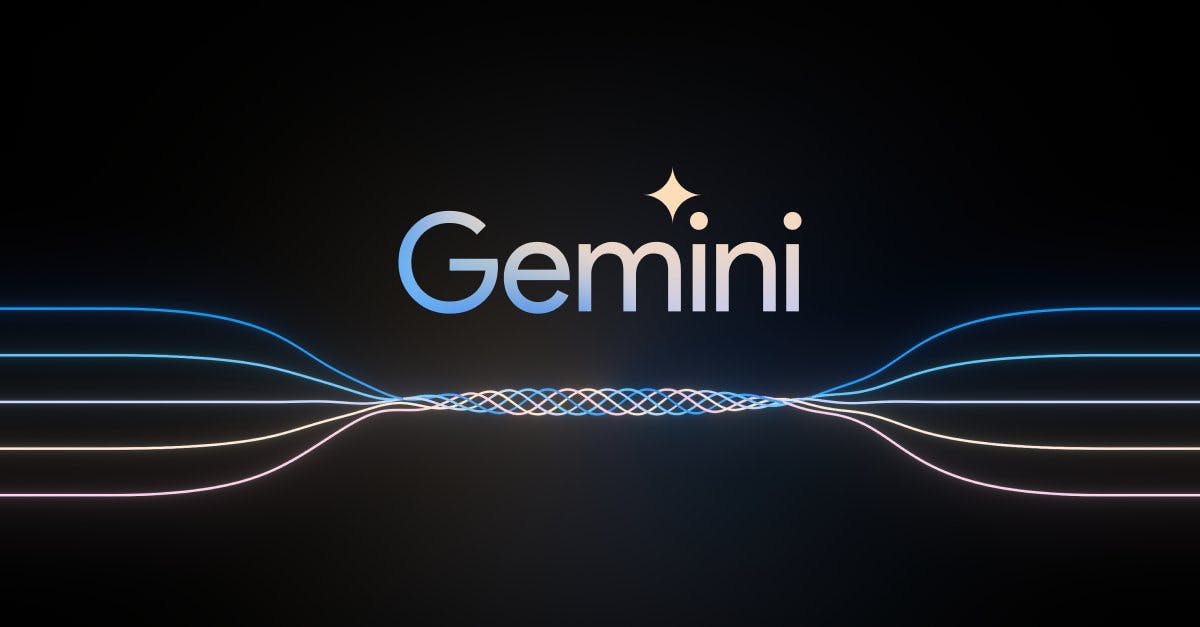On April 5, 2025, Microsoft launched an AI-generated version of the classic first-person shooter, Quake II, initially released in 1997. This tech demo is available directly in a web browser and is powered by Microsoft’s Muse AI model, developed in collaboration with the UK-based game studio Ninja Theory.
Muse AI creates gameplay and visuals in real-time, providing a playable experience on the fly without relying on pre-designed assets or the original game engine.
The demo features a single level of Quake II at a resolution of 640×360, an improvement over earlier AI gaming experiments like WHAM-1.6B. Although innovative, Microsoft has noted that the gameplay feels basic compared to modern standards.
Players can explore, shoot, and interact with the environment; however, there are noticeable limitations, such as blurry enemy graphics and laggy controls. Furthermore, the AI has difficulty with object permanence, often “forgetting” items that move out of the player’s view for more than 0.9 seconds.
A research exploration with limitations
Microsoft has framed this project as a research experiment instead of a fully developed gaming experience. In their announcement, researchers highlighted that Muse AI’s abilities are still developing.
“We could roam freely, adjust the camera, shoot, and even explode barrels similar to the original game,” they noted. However, they also highlighted drawbacks like inaccuracies in damage indicators and limited interaction quality.
Read Also: Microsoft’s Copilot transforms into supercharged AI assistant that books flights, fills forms
The Muse AI model was trained on over one billion images and controller actions from games like Bleeding Edge. While it shows promise for preserving classic games and prototyping new ones without relying on original hardware or engines, Microsoft Gaming CEO Phil Spencer acknowledged that it still lacks the polish of traditional game development.
“This should be regarded as a research exploration,” Microsoft stated in their blog post.
The demo is available on Microsoft’s Copilot Labs platform but has limitations on playtime and interactivity. While it may not fully capture the enjoyment of Quake II, it offers a glimpse into how generative AI could transform game development in the future.


